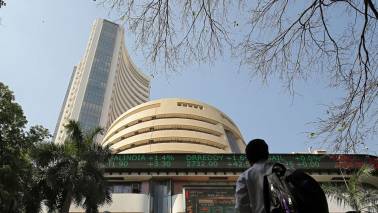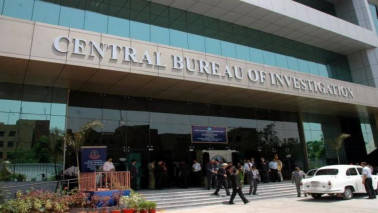It will be able to augment purchasing power in the most stressed segments of the economy
Sachchidanand Shukla
It is said “be careful what you wish for….”’. Not a long time ago, Arvind Subramanian had floated the idea of universal basic income for India, but held out a caveat that the costs will be too large. Cut back to the present. The crying need of the hour was some relief to farmers, given the widespread distress and some help to the middle-class that has patiently borne the brunt of some of the disruptive reforms over the last few years.
Importantly, this had to be done without compromising on the fiscal framework and the deficit targets, and within the confines of Interim Budget conventions. A difficult act?
The first standout feature is the effective targeting of the schemes on the expenditure side. Take for example the imperative of alleviating stress on the farm side. The government rolled out an unconditional Income transfer scheme, which will cost the exchequer Rs 75,000 crore or 0.26 percent of the gross domestic product (GDP). This specifically targets marginal and small farmers who comprise 86 percent of the total farmer population.
By excluding farm tenants, the government has also made sure that the rollout is smoother, given that getting landholding records is relatively easier than identifying landless tenants.
Importantly, the government also held back the urge to distribute the cost between centre and state governments. Though this could have limited the fiscal dent for the Centre, it would have impeded the rollout of the scheme, as states would have dithered in the absence of an explicit central government transfer or promise.
The second is the tax benefit handout for the middle class, despite this being an Interim Budget and the fact that the new Direct Tax Code is likely to be presented at the end of February. The budget has enhanced the exemption limit to Rs 5 lakh from Rs 2.5 lakh earlier, raised standard deduction and tax emption on bank interest. The giveaways will cost around 10 basis points of GDP. This will be incurred in FY20 as the rebates on income tax will be given next year.
But what about the budget arithmetic?
Adjusted for the income support scheme for farmers, the FY19 fiscal deficit comes to less than the targeted 3.3 percent of GDP. How will the government meet its target of 3.4% for FY20 and balance these handouts? Overall expenditure growth is slated to grow at 13.3 percent, compared to 11.5% growth in the nominal GDP. The government seems to be betting on the growth in the denominator— nominal GDP through a combination of its consumption stimulus of 0.4% of GDP (farm + middle class) and higher inflation.
Will the budget lead to crowding out? Unlikely, as the government’s net borrowing for FY20 is estimated at Rs 4.48 lakh crore, which is flat (Rs 4.47 lakh crore in FY19). Gross borrowing figure stands at Rs 7.1 lakh crore (Rs 5.7 lakh crore in FY19). The government will be using robust deployment from small savings of Rs1.30 lakh crore and provident fund to keep market borrowing low, which should keep yields on government securities contained in a narrow range. But given the unchanged fiscal deficit targets of 3.4 percent each for FY19 and FY20 and the fact that the budget may be a tad inflationary on the rural side, the Reserve Bank of India may remain watchful with its interest rates.
Thus, the budget is likely to be able to impart a growth push without compromising on the fiscal metrics. It will be able to augment purchasing power in the most stressed segments of the economy and spur discretionary consumption, which should augur well for auto, farm and realty segments.
(The author is chief economist at M&M Group. Views are personal.)



















